Do you need to remove grass before mulching? Well, the short answer is "YES." However, there are other things you need to know that may affect the answer.
Mulching is an inexpensive means of controlling weeds and ensuring that a beautiful lush lawn and garden are maintained throughout the year.
However, while making mulch, some people query if they need to remove grass before mulching or not, which is precisely what this post will address.
Here, we shall be discussing the procedures involved in mulching, as well as the materials needed to make mulch in order to discourage the growth of the grass underneath.
But first....
What is Mulching?
Mulching is the process of covering soil surfaces with materials that could be organic or inorganic, for the sole purpose of retaining moisture, maintaining constant soil temperature, and repelling weed!
There are two types of mulch:
- Organic mulch
- Inorganic mulch
Organic mulch is made with organic or natural materials such as leaves, tree barks, straw, nutshells, wood chips, pine needles, composts, etc.
While inorganic mulches are made with either natural or artificial materials, inorganic mulches that are made from natural materials are made with materials such as crushed volcanic rock, pebbles stone, and gravel.
Whereas the inorganic mulches that are made with artificial materials are made with materials such as plastic, solid sheets of fabric ground or pulverized tires.
Organic mulches are economically beneficial than inorganic mulches because they help increase the moisture content of the soil by slowing down the rate of evaporation.
They also help improve the quality and fertility of the soil as the mulch materials decompose. However, as a result of their ability to decompose, they do not last as long as inorganic mulches.
Inorganic mulches, on the other hand, do not decompose; hence they last long but do not improve on the soil’s nutrient level. They only serve to retain moisture, maintain constant soil temperature, and repel weed.
Read Also: Mulching And its Advantages
Do You Need To Remove Grass Before Mulching?
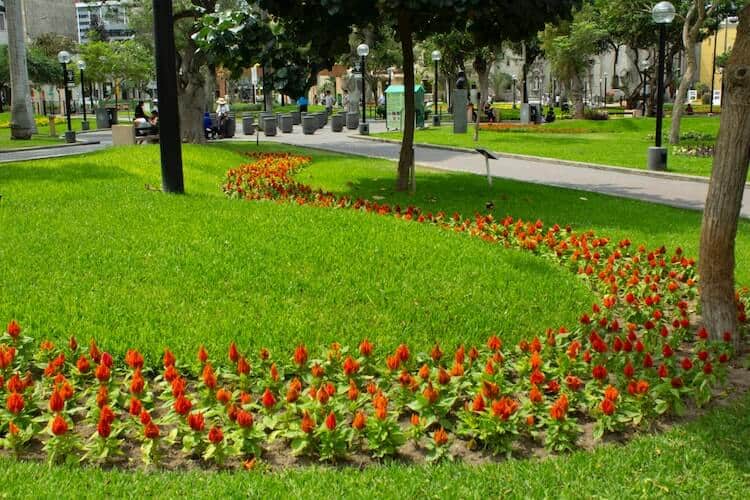
YES!
As a rule of thumb, it is necessary that you remove grass before mulching. This is because it helps the mulch stay in place and carry out its functions effectively.
However, if the grass is very short, let’s say about 3 inches, you can leave it, but if it is tall and thick, you should remove before laying mulch.
Perennial weeds, no matter how short they are, should be removed. They are tough weeds and if not properly and completely eradicated would grow back once the mulch is broken.
The first step to laying mulch is to properly weed the area on which the mulch would be laid upon. The second step is to lay a thick enough layer of mulch on the soil.
The thick layer of mulch ensures that new weed growth is discouraged.
Step 1:
Mow your lawn or the area you wish to mulch to the lowest level obtainable. You can set your lawnmower to the lowest setting and get to work.
Step 2:
Thoroughly water the soil. While you water the soil, you should ensure that runoffs are prevented. To prevent this, water the area for a short time and wait for the water to soak before you go another round.
Step 3:
Dig a beveled trench along the borders. In order to prevent or reduce spillage of mulch from the designated area onto the adjacent site, you should dig a beveled trench that should be shallow, along the edges of the paving borders.
Step 4:
Spread worm casting or compost over the entire area that is to be mulched. The compost should have a depth of 1 to 2 inches.
Step 5:
Place 8 inches thick newspapers over the grass. This should be done on a day that is not windy. Get the newspapers and place them over the area you are working on, overlapping each other like shingles.
Ensure that no space or hole is left or created on the sheets of newspapers. To ensure that the papers do not easily get blown away, lightly sprinkle water on them.
You would notice that the wet papers can now easily tear, so walk cautiously over and around them. If anyone of them gets torn, place a new paper over the hole created.
If there are plants in the area you are mulching, place the papers a foot from each of the plant stems and further away for plants that spread through underground stems.
Read Also: How Does Mulch Attract Bugs and Rodents?
Step 6:
Place mulch over the paper. Now, you are required to spread your mulch over the newspaper. Depending on the type of mulch you are spreading, spread the materials over the newspaper to a depth of 5 to 6 inches.
To avoid tearing the newspaper, we would recommend that you place the mulch as you place the newspaper. Per usual, if there are plants already growing in the ground, you should place the mulch a foot away from the plant stem.
Step 7:
Carefully grow new plants in the mulched area. If the area does not have plants growing in them already before you mulched, and you decide to grow a plant in it.
It is possible, but it, however, requires time and a lot of caution to carry out. Mulching takes time to completely kill weeds. So while you wait, you may want to get in some new plants.
To do this, push back the mulch and cut the underlying newspaper in a circle that is wide enough to dig a hole. Dig the planting hole to be two times the width and one time the depth of the plant’s root ball.
If the roots are coiled, loosen them and place the plants in the soil so that the upper part of the root ball is slightly above neighboring soil.
Fill the hole with the same soil from it and form a slight rim at the tip of the planting hole. Replace the mulch and keep it 8 inches from the plant’s stem.
Conclusion
Do you need to remove grass before mulching? Yes, you do as it helps the mulch stay in place and effectively carry out its functions. Also, removing grass before mulching ensures that tough weeds do not grow back as quickly as possible or not at all.
The next time you wish to place mulch over your lawn or garden, remove the grasses or cut them to at least 3 inches long.

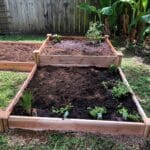
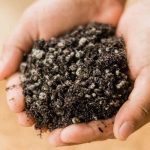
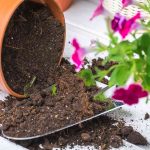
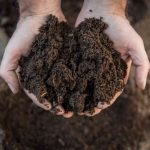
Leave a Reply